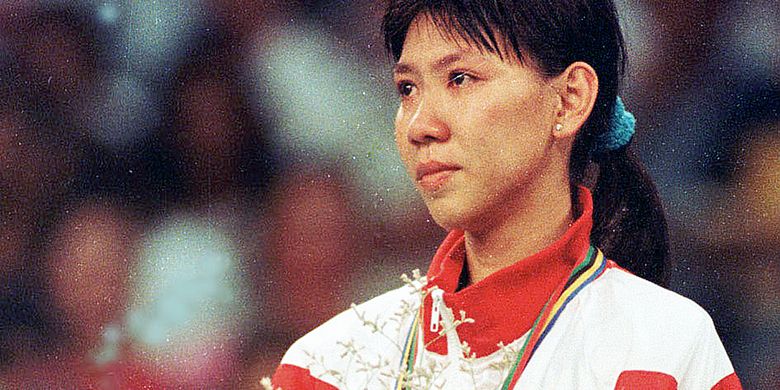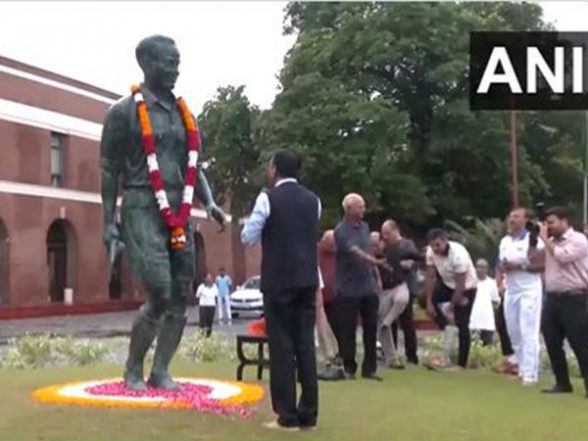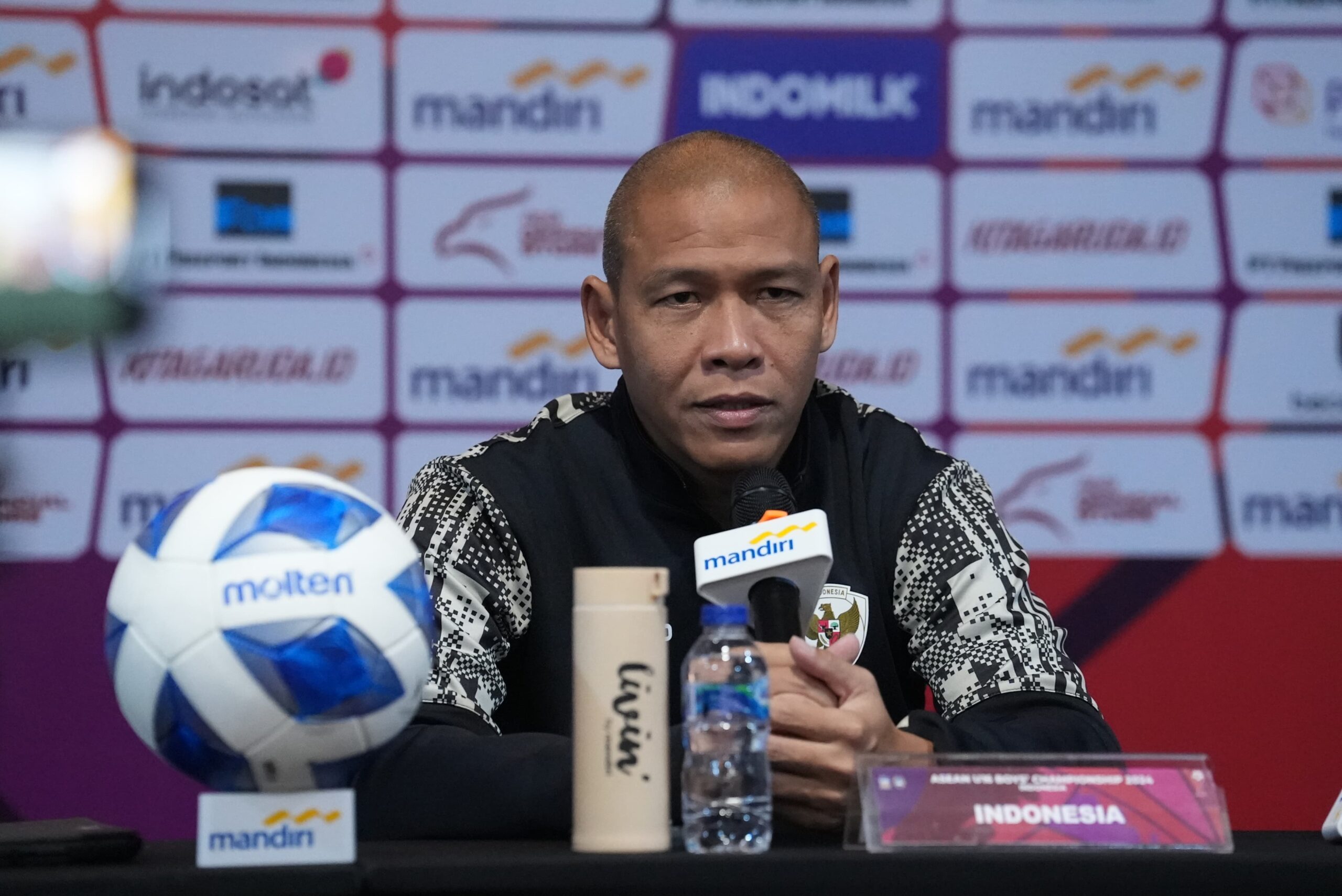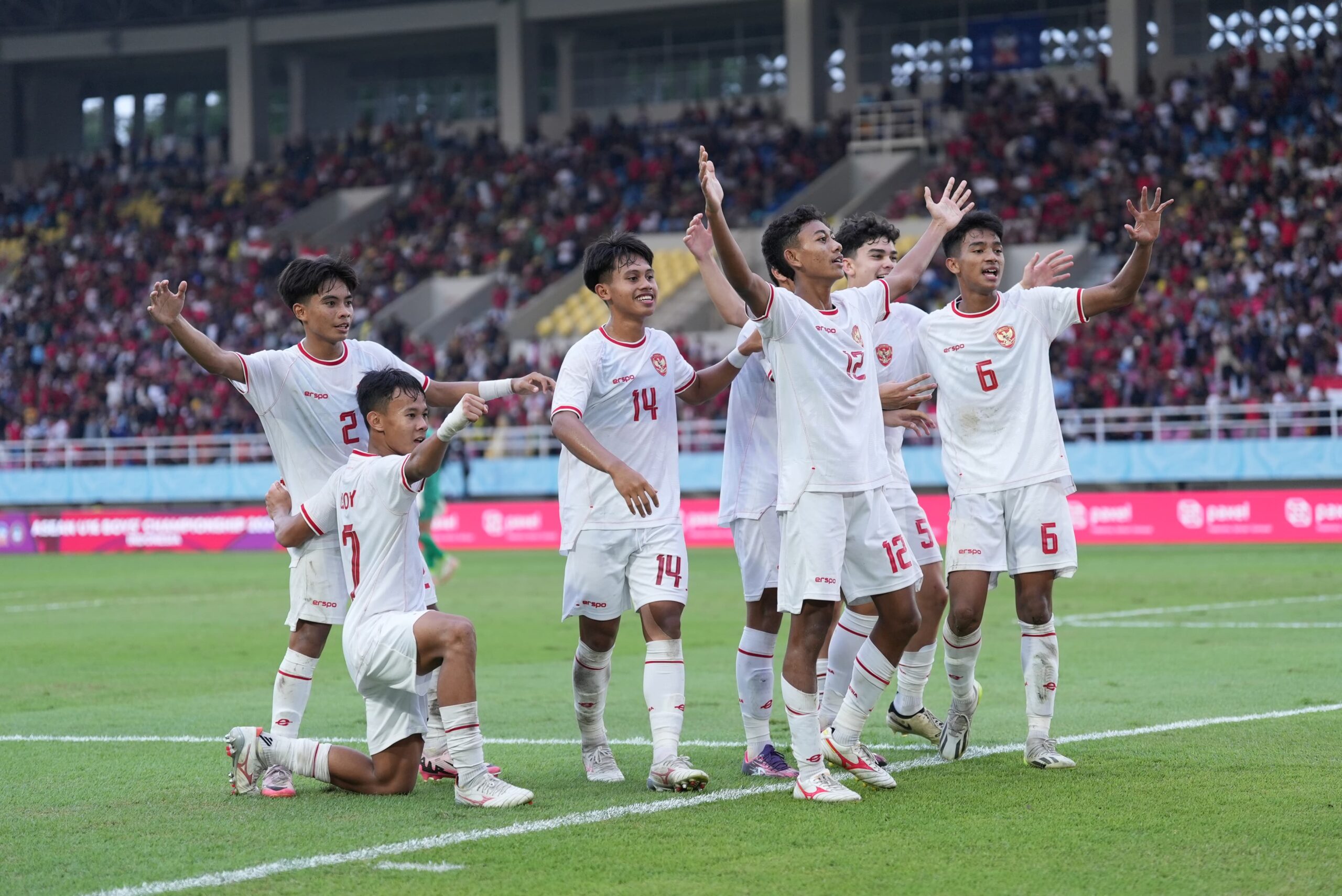By: M. Faisal, Teacher of SDN 214/IX Bukit Jaya, Muaro Jambi, Jambi
KOMPAS.com – Badminton is a sport in the form of a game played with a racket and a shuttlecock which is hit beyond the stretched net in the middle of the court.
Quoted from the site Indonesian Badminton Association (PBSI), badminton began to be played in China, India, Japan, Thailand, Greece and ancient Egypt.
At that time, badminton was just a game that kept objects from touching the ground for as long as possible without direct help from the hands.
In the Middle Ages in England, many children started playing Battledores and Shuttlecocks.
At that time, this game used paddles or wooden sticks to prevent the shuttle from touching the ground.
England introduced this game to several countries like Japan, China and Thailand. Since then, this game has become popular among children.
Also Read: Hitting Techniques in Badminton Games
Until finally the sport was officially played competitively when it was introduced by British (British) army officers in Pune, India in the 19th century.
In the game, they add a net and play it competitively. Soldiers brought the competitive game of badminton back to England in the 1850s.
Based on this journey, in 1934 the International Badminton Federation (IBF) was founded, made up of England, Ireland, Wales, Scotland, Denmark, Canada, New Zealand, France and the Netherlands.
Then in 2006, the IBF held an extraordinary general meeting in Madrid and gave a new name to the Badminton World Federation (BWF).
World Elite Badminton Tournament
In individual events, the World Elite Badminton Tournament includes:
- All England Championship
- Olympic Games
- World Championship
- Europe championship
- Asian Championship
- Indonesia Open S1000
- China Open S1000
- World Tour Finals
- Other championships at Super 750, 500, 300 and 100 levels
While team tournaments, such as:
- Team Olympics
- Asian Games team
- Thomas Cup
- Sudirman Cup
- Suhandinata Cup
- Uber Cup
- The sea games team
Also Read: Spike Techniques in Badminton Games
History of badminton in Indonesia
Book’s extract Basic badminton (2017) by Dhedy Yuliawan, badminton came to Indonesia via the British colonies of Malaysia and Singapore.
Badminton came to Indonesia around 1930. Three years later, an Indonesian badminton organization was established, which was called Bataviase Badminton Bond and Bataviase Badminton League.
Additionally, in 1934 Indonesia held a number of badminton championships on the island of Java, most of which were centered in the city of Bandung in West Java.
During the Japanese occupation in 1942, badminton developed rapidly due to the anti-Western atmosphere created by Japan.
The rapid development of badminton initiated the establishment of the All-Indonesian Badminton Association (PBSI) in 1951 which oversees the sport.
After the establishment of PBSI, the first congress was held to discuss the rules and goals of badminton in Indonesia.
Also read: Movements specific to the game of badminton
With the existence of management at the central level, the management at the regional/provincial level becomes a branch which transforms into Pengda (Regional Management).
By the end of August 1977, there were 26 regional governments in all of Indonesia (excluding East Timor province) and no less than 224 Pemcab. The number of member associations of PBSI is estimated at 2,000 associations.
Badminton legend in Indonesia
There are many world legends of badminton in Indonesia, they have made proud achievements for the people of Indonesia, including:
- Liem Swie King
- Rudi Hartono
- Joko Suprianto
- Rudi Hartono
- Susi Susanti
- Mia Audina
- Alan Budi Kusuma
- Hariyanto Arbi
- hendrawan
- Rexy Mainaky
- Ricky Subagja
- Marcis Kido
- Eastern minarti
- Taufik Hidayat Tontowi Ahmad
- Liliyana Natsir and Greysia Polii
Get updates selected news and recent news every day on Kompas.com. Let’s join the Telegram group “Kompas.com News Update”, how to click on the link https://t.me/kompascomupdate, then join. First you need to install the Telegram app on your mobile phone.

“Thinker. Food advocate. Incurable coffee enthusiast. Communicator. Proud student. Zombie buff. Tv fanatic. Extreme troublemaker.”







